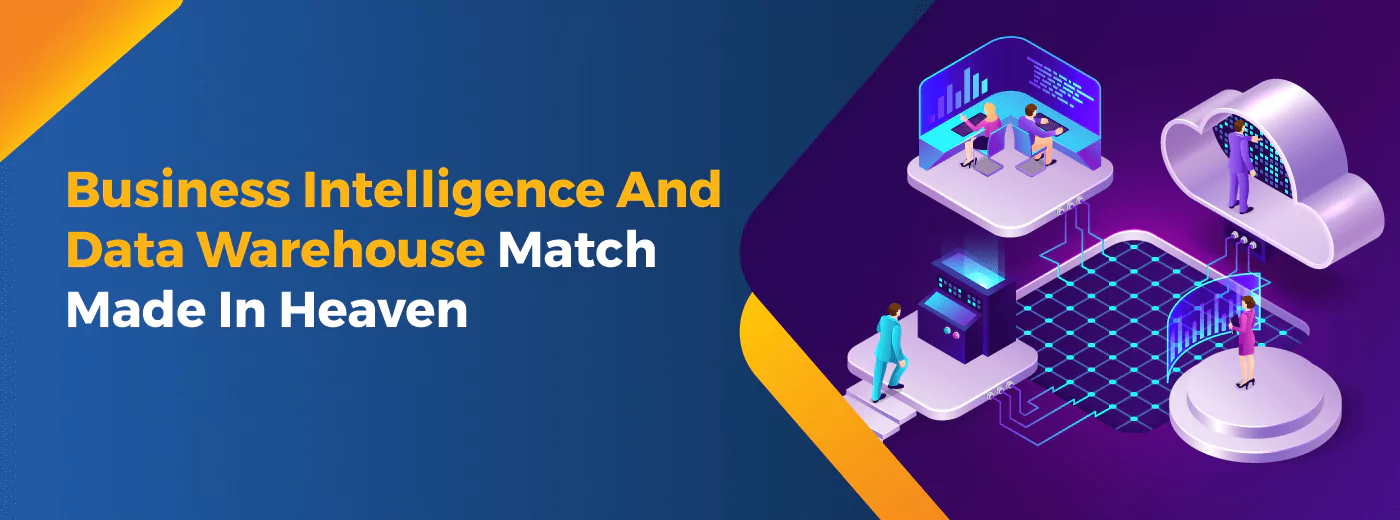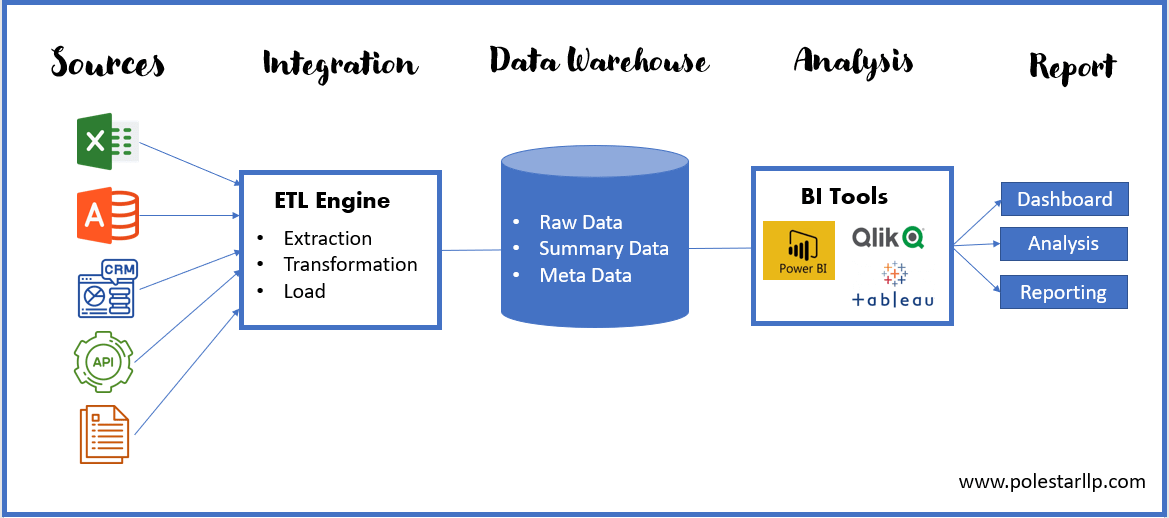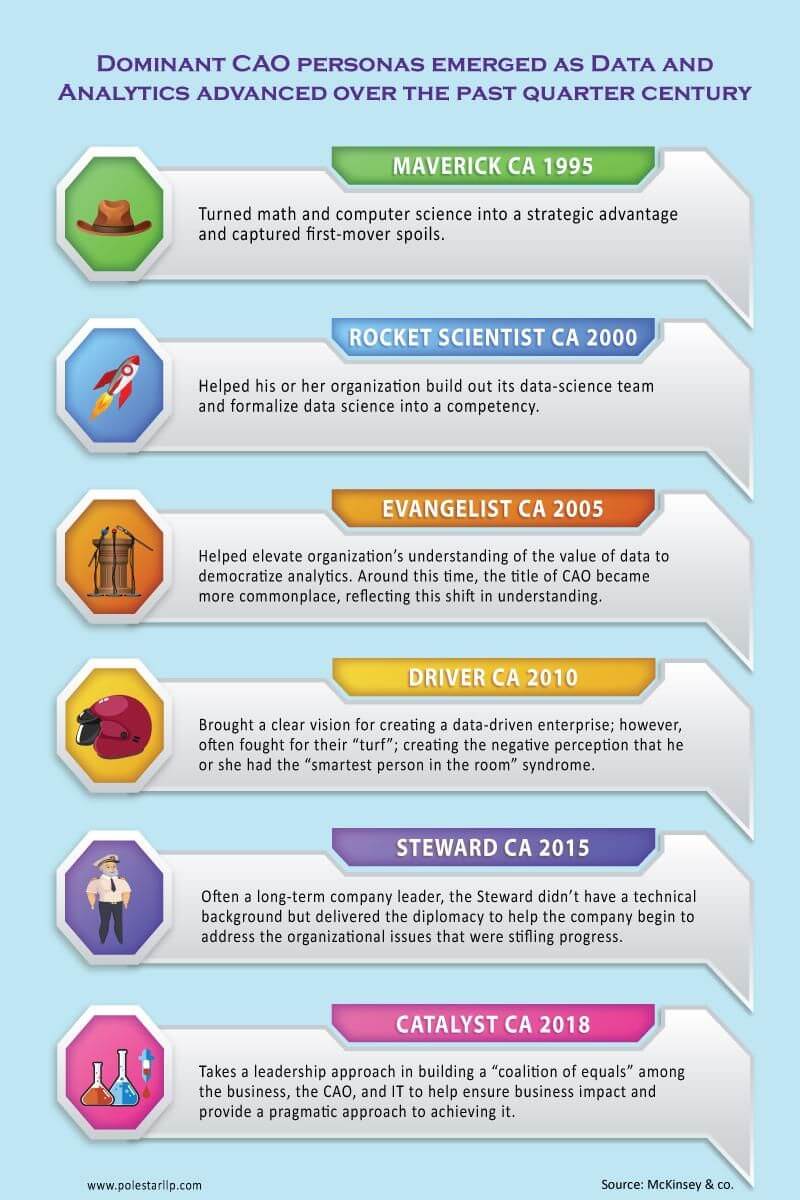
Sign up to receive latest insights & updates in technology, AI & data analytics, data science, & innovations from Polestar Analytics.
Business Intelligence and Data Warehouse are two separate yet closely linked technologies. These technologies help an organization to unearth the hidden value in their data.
But before explaining their relationship in detail, let’s first understand what these technologies do!
Business Intelligence is a technology-driven practice that transforms raw data into actionable intelligence. Data Warehouse acts as a middleware in Business Intelligence architecture. It extracts the data from operational databases or external sources. It transforms it into a single format and stores it for further analysis.
Although it seems new, the concept of the data warehouse saw its genesis in 1990. It was first introduced by Bill Inmon who is regarded as the father of Data Warehouse. He defined a Data Warehouse as:
“A subject-oriented, integrated, time-variant and non-volatile collection of data that supports management decision-making the process”.
Every organization has data problems. These problems can be categorized into two groups.
Inconsistency: Every department in an enterprise produces data. But the data is dispersed throughout the applications in a variety of formats. This makes it tough to derive valuable inputs from that data.
Access: Since data is stored in operational silos of the Enterprise. It becomes tough to access and use it for decision-making purposes.
By compiling, standardizing and loading the data, Data Warehouse is able to solve the problem for Business Intelligence tools by ensuring access and providing a single version of the truth.
How Do They Do It?
The implementation partner, in association with the IT team, develops the required software and protocols. These software and protocols transform the data to bring them into a common format. This removes systemic errors and logically relates the information collected from other sources.
This data when finally stored by Data Warehouse can be used by Business Intelligence systems for analysis and reporting purposes.

An Extended Example
The Data Warehouse offers a “Single version of Truth”. It provides great value in having clean and consolidated data where all the users can look into. But the implementation of the system poses several organizational as well as technical challenges. These challenges must be addressed to realize the full potential of a Data Warehouse.
Let’s take the example of a consumer goods company. The company wants to install a data warehouse to manage its sales data. The enterprise runs three production sites and sells its products to more than a hundred countries. Area managers and local subsidiaries manage product sales.
Initially, their data was located in spreadsheets managed by a separate controlling department. There were different formats of sales plan figures. The analysis was primarily done by using the pivot table. These spreadsheets had to be brought together and synchronized manually through complex queries. This raised widespread redundancy and ambiguous versions of sales figures.
Hence, to make sense of that data, the company decided to implement a Data Warehouse. The main aim was to provide current and consolidated data to local subsidiaries and area managers. The implementation of a data warehouse started with the replacement of spreadsheet-based planning. It brought sales planning supported by data warehousing. Feeding the data from various source tables with automated ETL processes made the procedure easier. This has ended the unmanageable manual data imports.
Now the underlying data can be read directly and updated automatically. The changes in the operational data are reflected periodically. This brings a uniform appearance with more granularity than before. It even provides data accessibility to each individual involved in the planning process. It also minimizes the inefficiencies caused by gaps in communication by providing a single version of the company’s sales data.
You can think why having a single version of truth is important? For proper visualization of the company’s KPI it is important to have access to all the relevant data. As such, a data warehouse is essential for Business Intelligence tools to give the user the ability to make strategic decisions based on all the data.
Utilize enterprise analytics tools like Power BI and the Azure data services to create the analytics solution to compete for the business demands.
Read More to Know HowTo survive in the customer-driven age of enterprise, BI is continuously evolving. The technology is adapting to keep up with the data trends. But somehow it has been observed that data warehousing outmoded the maturity of the technology. This has necessitated deriving a Date Warehousing model with certain features:
Business Intelligence and Data Warehouse have thrived independently. But together they have come forth with the range of physical experience that was proclaimed to be impossible a few years back. Their combination evolved the business beyond the organizational goal and claimed the two disciplines to be impossible to separate. This makes “the product of these technologies is more instrumental to the company than the sum of their benefits independently”.
Build data warehouse for real-time analytics and bring decades of Data Management innovations to the Cloud.
Talk to Our ExpertsThis infographic sums up the emergence and adoption of data analytics over the last quarter-century fuelled by the realization of its importance across industries and enterprises.

About Author

Marketing Consultant
Always look for insight as to how you can better structure data within your business, there's surely a nugget of wisdom out there for you